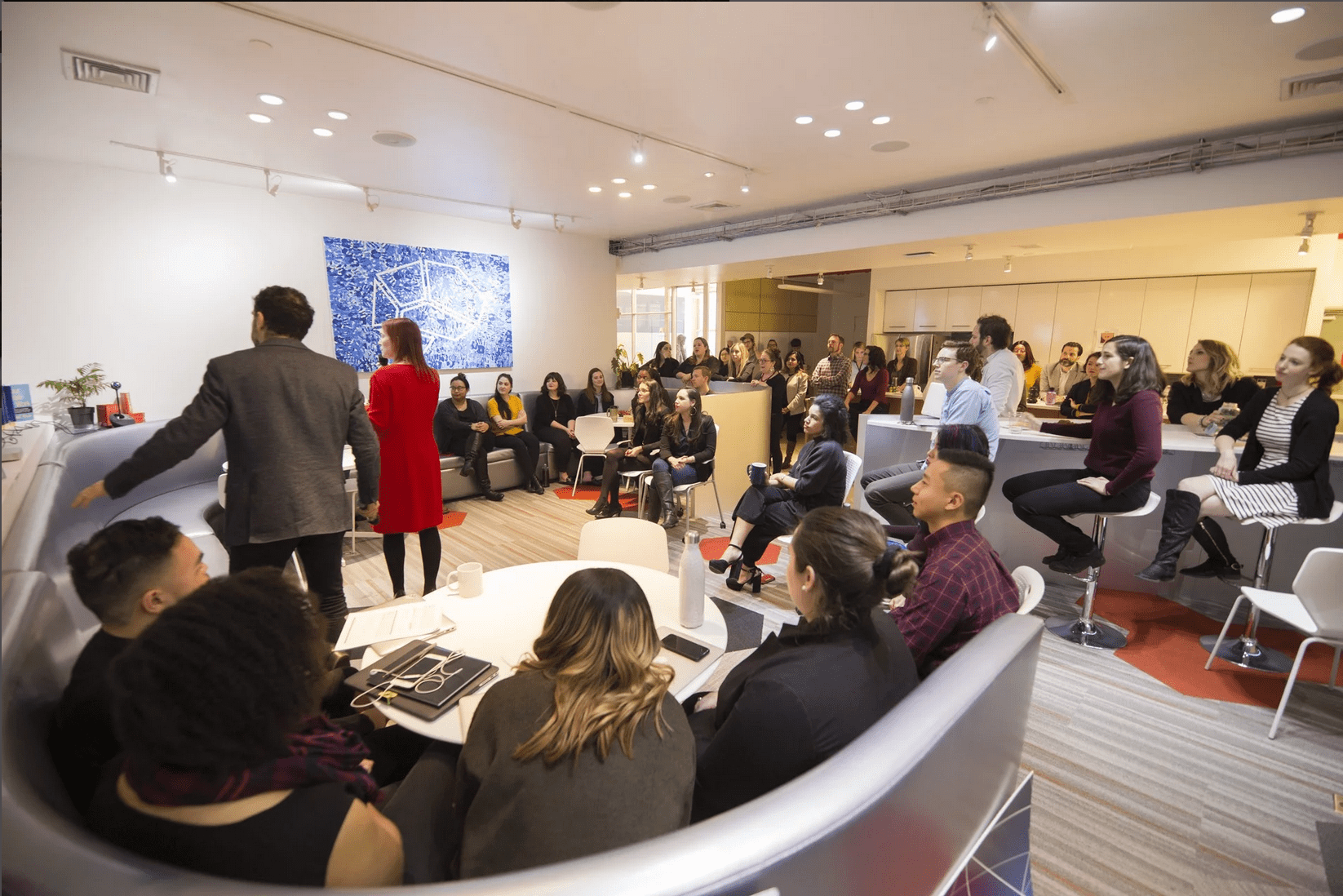In this episode of Your Brain at Work, Dr. David Rock, the CEO and Co-founder of the Neuroleadership Institute is joined by two esteemed guests: Jonathan Haidt, a professor at NYU’s Stern School of Business and co-author of the best-seller The Coddling of the American Mind, and Alison Taylor, the Executive Director of Ethical Systems. The three shed light on the core divisions in America, how those divisions seep into professional discourse, and most importantly, what we can do to bridge divides. When the trio gets into strategies for bridging the divides we have, it’s less about deleting Facebook from your phone and more about what decades of brain science and social science research have taught us about practicing empathy, seeing others, and listening to opposing viewpoints.

Is AI Costing Us the “Stuff of Thought”?
The rise of AI agents found in all corners of the workplace, including high-stakes conversations – where bots can sometimes represent as many as half the expected group – is





